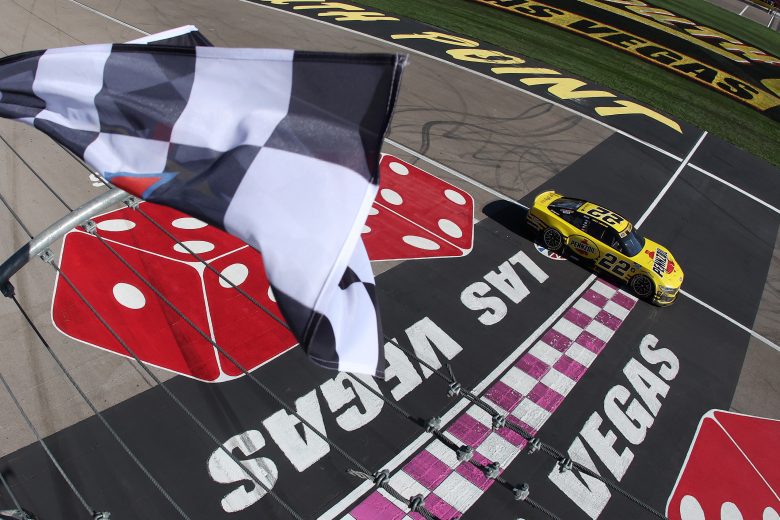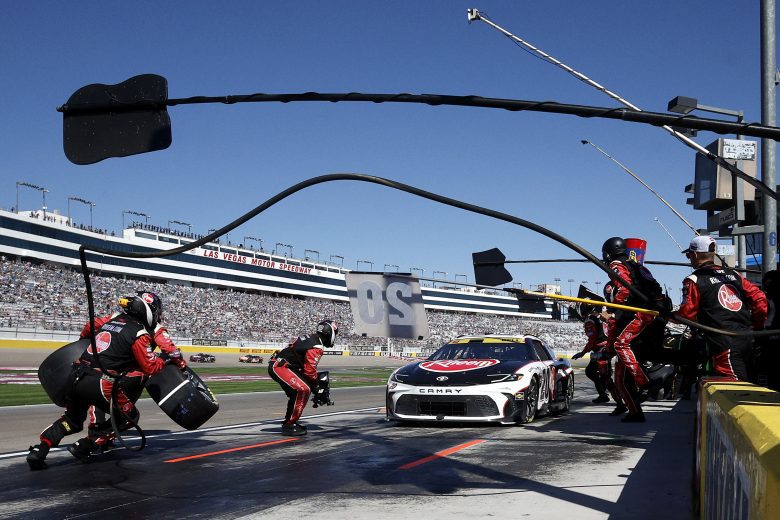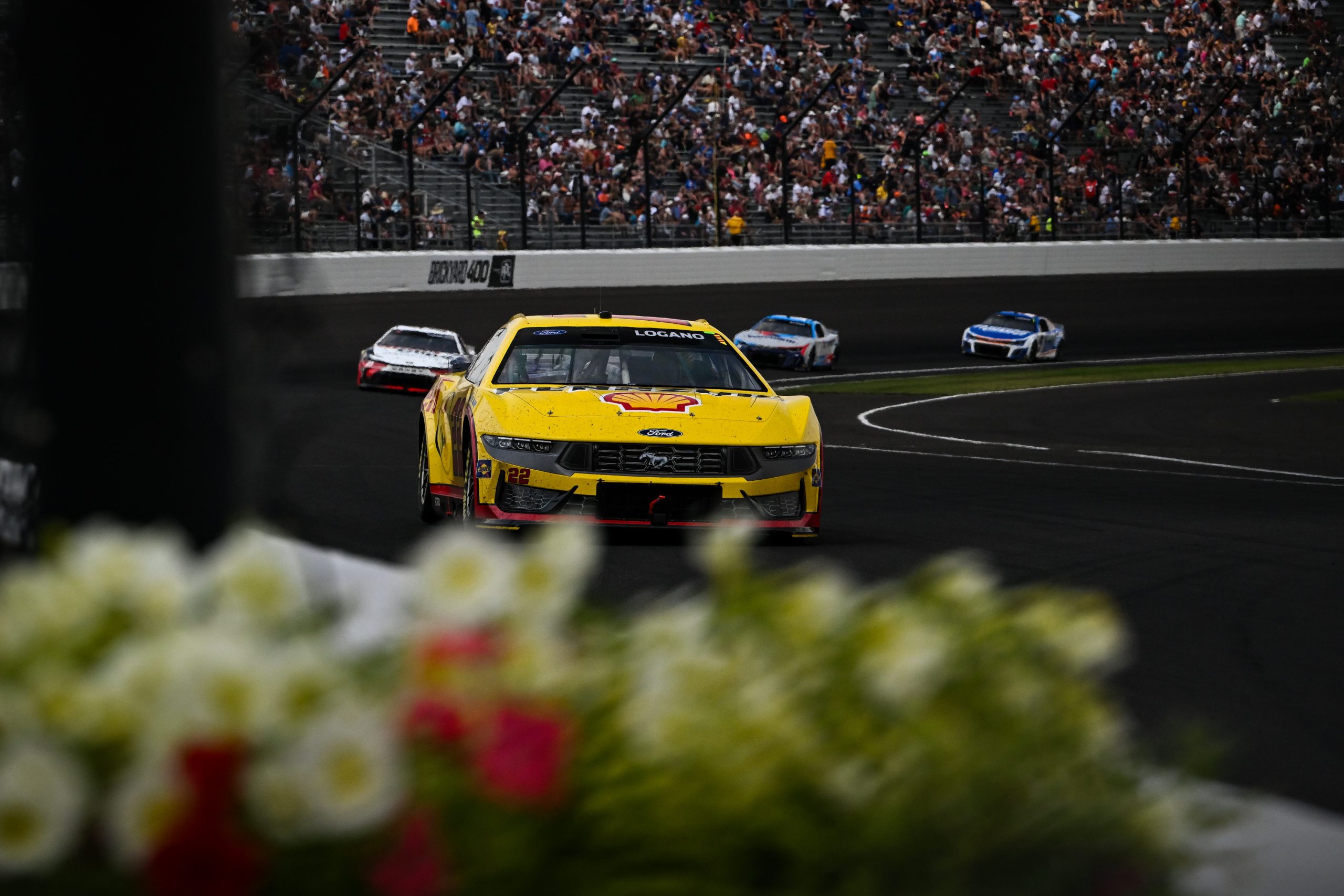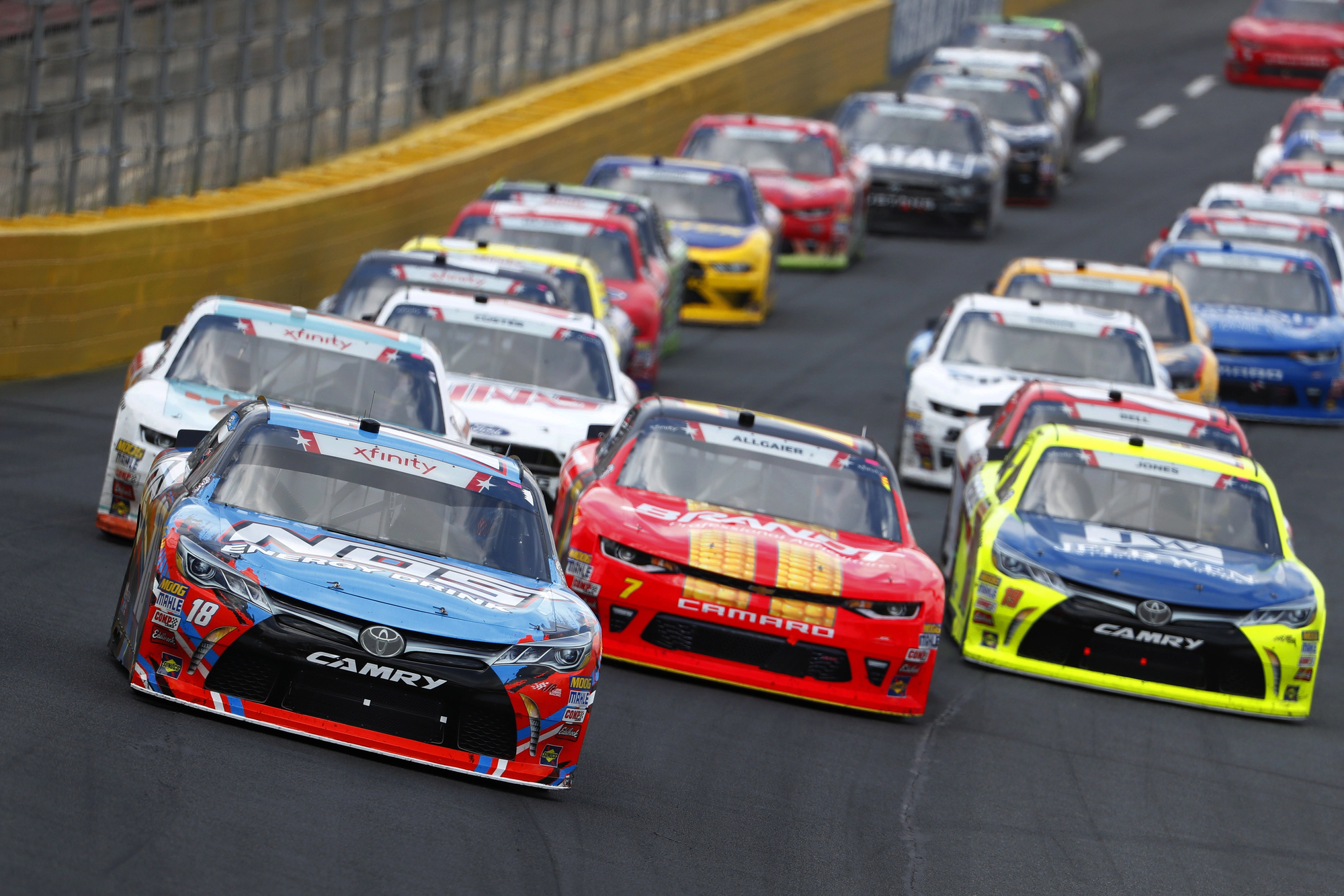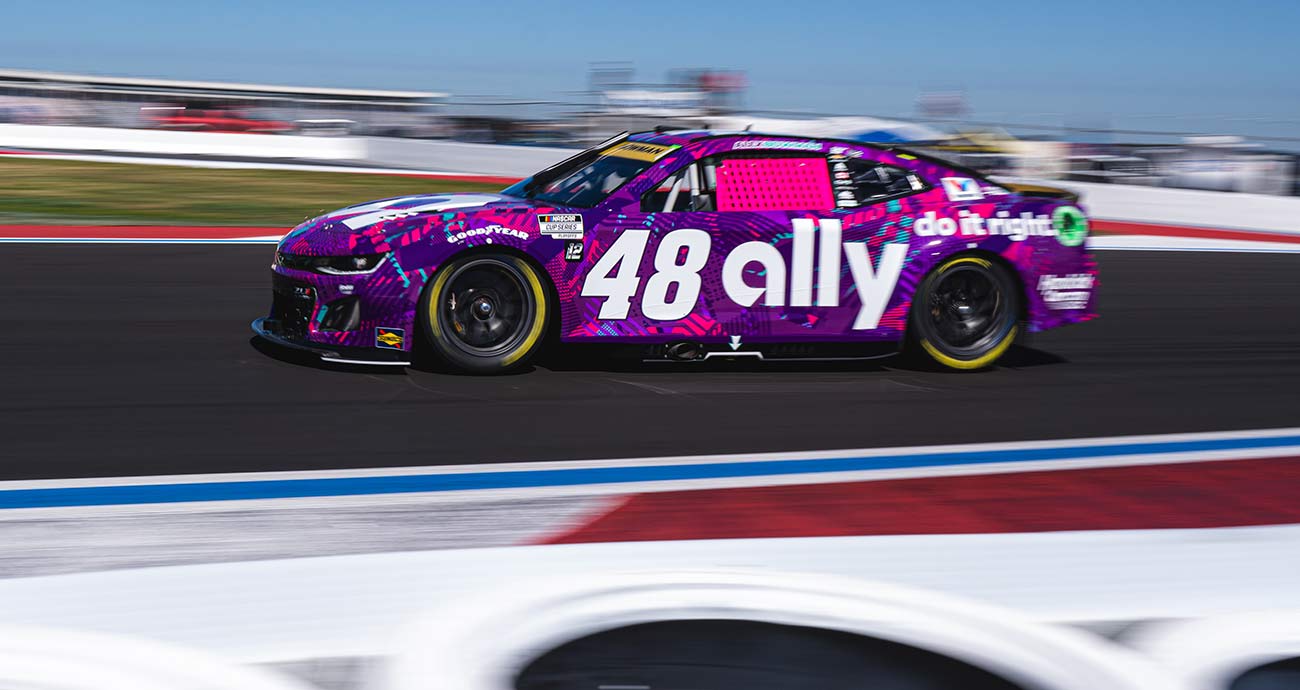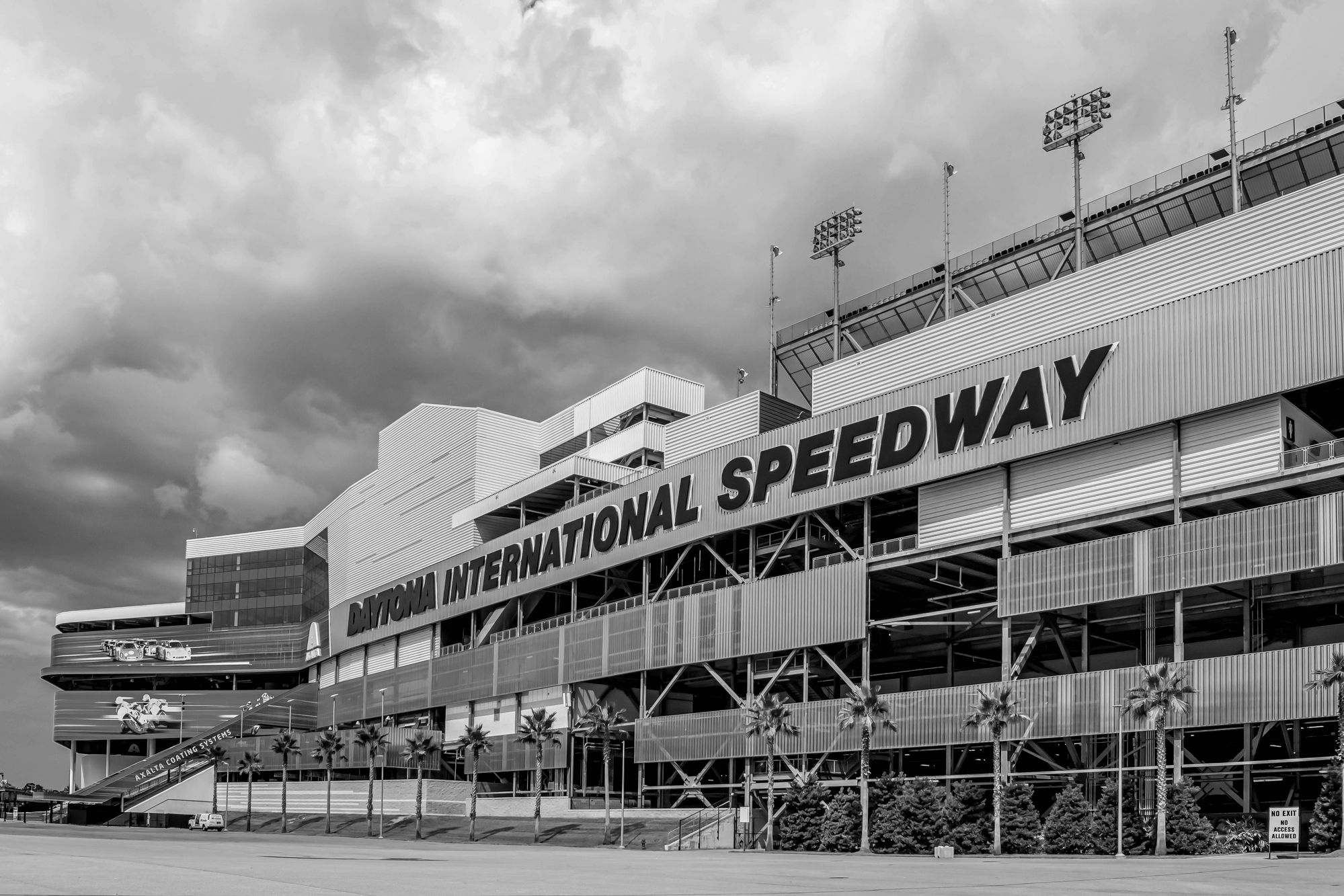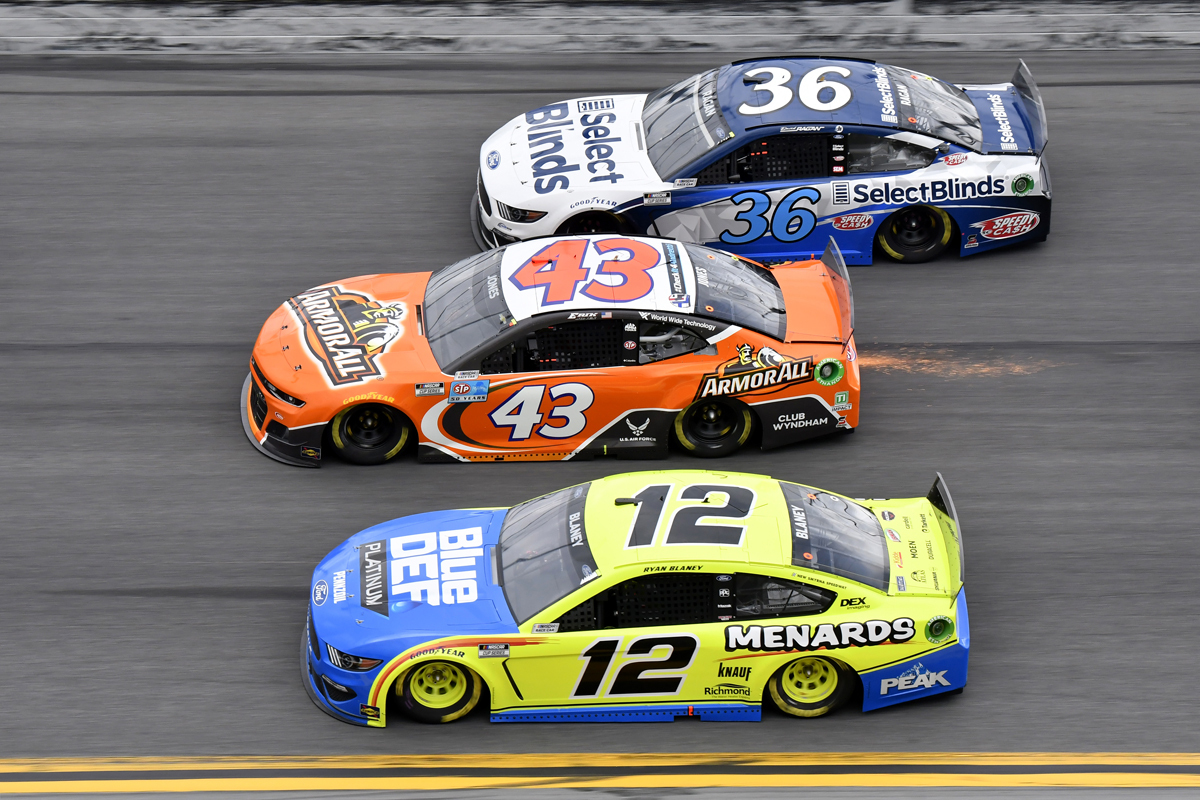Do NASCARs Use a Clutch? Understanding Their Transmission Systems
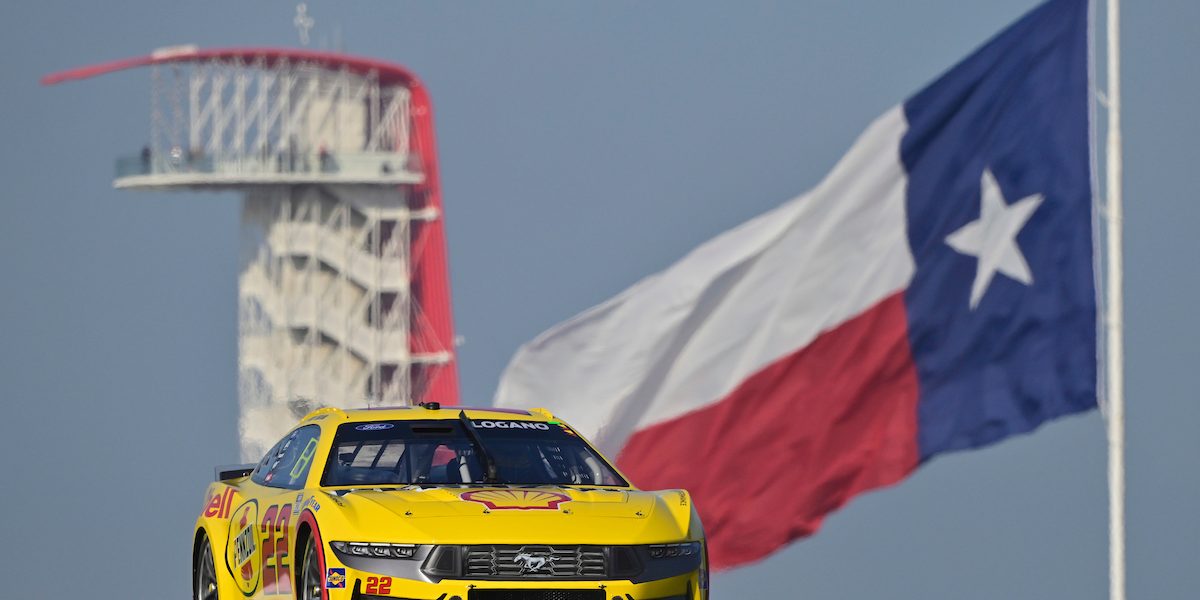
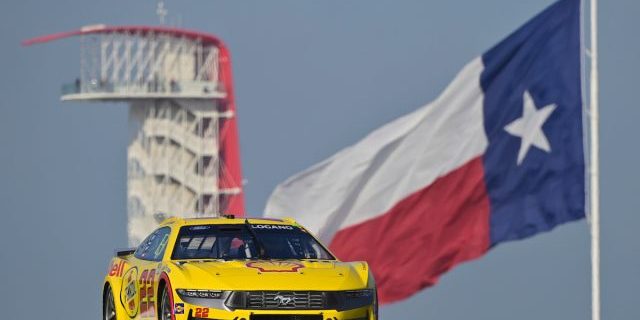
NASCAR vehicles are known for their speed and power on the race track, but the mechanics of how they are driven, particularly regarding their transmission system, is a topic of interest for many fans and aspiring drivers. NASCAR cars make use of a manual transmission, a system that typically involves the use of a clutch pedal to engage and disengage the gears during shifting.
The presence of a clutch in NASCAR cars is well-established; it is located to the left side of the brake pedal. However, NASCAR drivers do not frequently use the clutch pedal in the way that drivers of regular manual transmission vehicles do. Instead, they often employ a technique known as rev-matching, which allows them to shift gears swiftly and efficiently without the need to disengage the clutch fully.
This method of shifting is possible due to the nature of the transmission and the skill of the drivers, who synchronize the engine’s revolutions per minute (RPM) with the car’s speed to achieve a smooth transition between gears. While the clutch pedal is available and may be used for certain maneuvers, such as starting from a standstill or in the event of an emergency, its role is diminished compared to everyday manual driving, reflecting the specialized demands of high-speed racing.
Table of Contents
Understanding the NASCAR Transmission
The NASCAR transmission has evolved significantly over the years, with the introduction of the Next Gen car in 2022 bringing about notable changes in gearbox technology, moving from traditional manual models to advanced sequential systems.
Evolution of NASCAR Gearboxes
NASCAR’s history with manual transmissions is long-standing, with drivers traditionally using H-pattern manual gearboxes. These gearboxes required skillful clutch use, especially during starts and pit stops. However, with the debut of the Next Gen car, NASCAR made a significant shift towards the sequential manual transmission.
- Older Models
- Gearbox: 4-speed manual
- Clutch Use: Required for gear shifts
- Next Gen
- Gearbox: 5-speed sequential
- Clutch Use: Limited, mainly during starts and pit stops
The new sequential gearbox allows drivers to shift gears more quickly and reliably by pushing or pulling the gear lever in a single plane of motion, without the traditional H-pattern movement of old.
Manual vs. Automatic Transmissions in Racing
Manual transmissions have been the standard in NASCAR due to the superior control they offer the driver in a high-speed racing environment. They are characterized by the requirement for the driver to manually select the appropriate gear using a combination of a gear stick and clutch pedal.
- Manual Transmission
- Control: High driver engagement
- Performance: Suited for variable racing conditions
Automatic transmissions, which automate gear changes, are not used in NASCAR racing due to less driver control and slower response times compared to their manual counterparts.
In contrast, sequential manual transmissions bridge the gap between manual and automatic systems by providing a simple gear change mechanism, making them suitable for the punctuated demands of NASCAR racing without sacrificing driver involvement.
- Sequential Manual Transmission
- Control: High driver engagement, simplified shifting
- Performance: Quick, reliable gear changes suitable for racing
The Role of Clutches in NASCAR Vehicles
NASCAR vehicles maintain traditional manual transmission systems with clutches that are essential for engaging and disengaging power during races.
How Clutches Engage and Disengage Power
The clutch plays a pivotal role in managing a NASCAR vehicle’s power. It connects the spinning engine to the non-spinning transmission by controlling the slippage between them, allowing the driver to engage or disengage the torque from the engine to the drivetrain. When the clutch pedal is pressed, plates separate, interrupting power flow and allowing gear changes.
Clutch Pedal Versus Paddle Shifters
Clutch Pedal: NASCAR traditionally utilizes a clutch pedal in conjunction with a sequential gearbox. This setup allows drivers to manually disengage and engage the clutch, especially necessary during starts and pit stops. Although clutch use during gear changes has been reduced with the implementation of dog clutches, the pedal remains a fixture in the cars.
Paddle Shifters: While not used in NASCAR vehicles, paddle shifters are an alternative method in motorsports, allowing drivers to change gears without a traditional clutch pedal. Paddle shifters operate by sending electronic signals to the car’s computer, which then engages the sequential gearbox to shift gears.
NASCAR’s Transition to Next Gen Cars
In this section, we will focus on the technological advancements of the Next Gen vehicles and how they influence engine and transmission performance within NASCAR.
Technological Advancements in Next Gen Cars
NASCAR’s Next Gen cars represent a significant redesign that incorporates advanced technology to enhance racing dynamics. Engineers behind the Next Gen cars have implemented a series of changes that directly affect how the car behaves on the track. Notably, the shift to a sequential manual transmission system marks a departure from the traditional H-pattern. The gear shift is floor-mounted, and drivers manipulate it using a forward and backward motion, which is a departure from the older models.
The inclusion of a clutch pedal in the Next Gen cars allows drivers to engage and disengage the engine from the transmission. This clutch operates in conjunction with the new transmission system, facilitating better control over engine rpm during gear changes. The technology has been refined to improve rev matching, ensuring a smoother transition between gears and optimizing performance during critical racing maneuvers.
Impact on Engine and Transmission Performance
The Next Gen cars feature updated powertrain components that have reshaped NASCAR engine and transmission performance. The engine design caters to a refreshed approach, with adjustments aimed at enhancing reliability and consistency under race conditions.
The transmission’s sequential nature allows for rapid gear shifts, reducing time lost during acceleration and deceleration. This efficiency in shifting is further complemented by the clutch system, which aids in maintaining momentum and reducing mechanical stress on the engine components. As a result, engineers and drivers have observed that the Next Gen cars can maintain better rpm stability throughout the race, which plays a crucial role in the overall performance of the vehicle on the track.
Driving Techniques and Strategies
In NASCAR racing, driver expertise in manipulating the vehicle’s speed and RPMs during gear shifting is vital, as is selecting the optimal gear ratio for the specificities of each track.
RPM Management and Shifting Gears
Drivers are adept at managing revolutions per minute (RPM), a skill essential for efficient gear shifting without the extensive use of the clutch pedal. Rev matching is a common technique where drivers adjust the RPM to ensure the engine speed aligns with the gear and speed of the car. For example, on road courses, skilled shifting is important as the variety of turns requires frequent gear changes. In contrast, on ovals, the focus is on maintaining high RPMs for speed and minimizing shifts to preserve momentum.
The Importance of Gear Ratio on Different Tracks
The gear ratio is selected based on the track’s characteristics to maximize performance. On oval tracks, cars typically use a higher gear ratio due to the consistent, high-speed nature of these races. This allows for sustained speed with less shifting. On road courses, the gear ratio is lower to accommodate the diverse speeds and sharp turns, aiding in acceleration and power distribution through the variety of turns. For each track type, NASCAR teams carefully choose the gear ratio to enhance the car’s response and stability on the racing surface.
Pit Stops and Vehicle Maintenance
Pit stops are critical to NASCAR racing, where reliable performance and swift maintenance are vital for success. During these stops, clutch and transmission repairs are often performed, and drivetrain components are thoroughly checked to ensure the vehicle’s reliability throughout the race.
Clutch and Transmission Repairs During Races
During NASCAR races, the clutch is primarily used at the start of the race and for pit stops on pit road. Although a NASCAR vehicle’s transmission is designed for clutchless shifting, the clutch system may require attention during a pit stop to maintain optimal performance. Repairs can range from simple adjustments to more extensive servicing, depending on the vehicle’s condition. Inspection and maintenance of the floor-mounted clutch assembly are also carried out regularly to prevent in-race failures.
Ensuring Reliability of Drivetrain Components
The drivetrain components of a NASCAR vehicle, which include the clutch, gearbox, driveshaft, and differentials, are subject to intense stress during races. Maintenance teams on pit road perform rapid assessments and services to these parts during pit stops to ensure their reliability. The process includes:
- Inspection: Checking for signs of wear or damage.
- Lubrication: Applying necessary lubricants to minimize friction.
- Replacement: Swapping out compromised components with pre-prepared spares.
These measures help in preventing mechanical failures that could potentially end a driver’s race prematurely.

